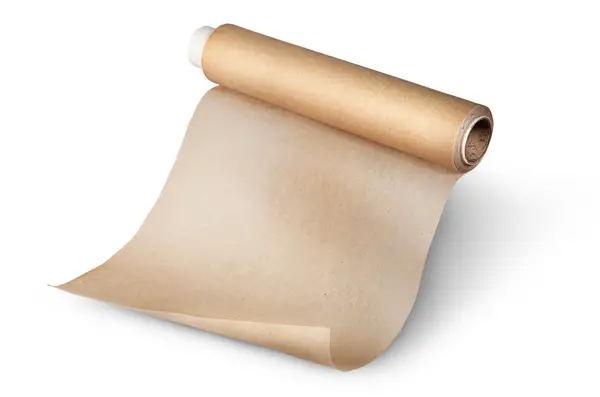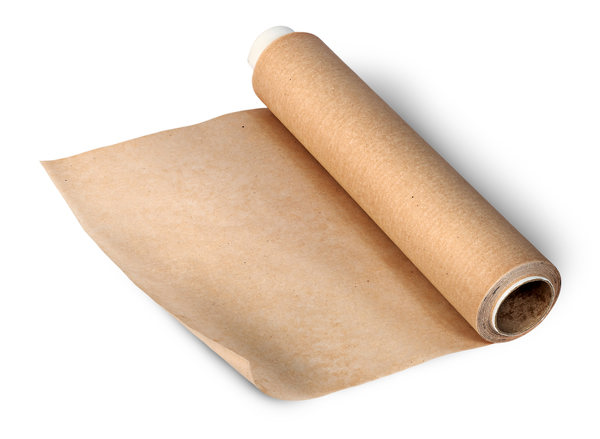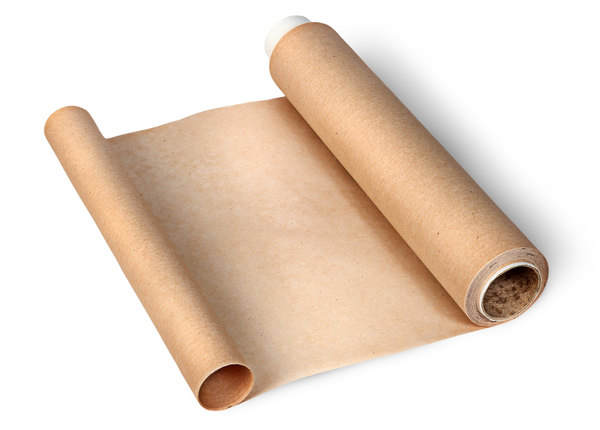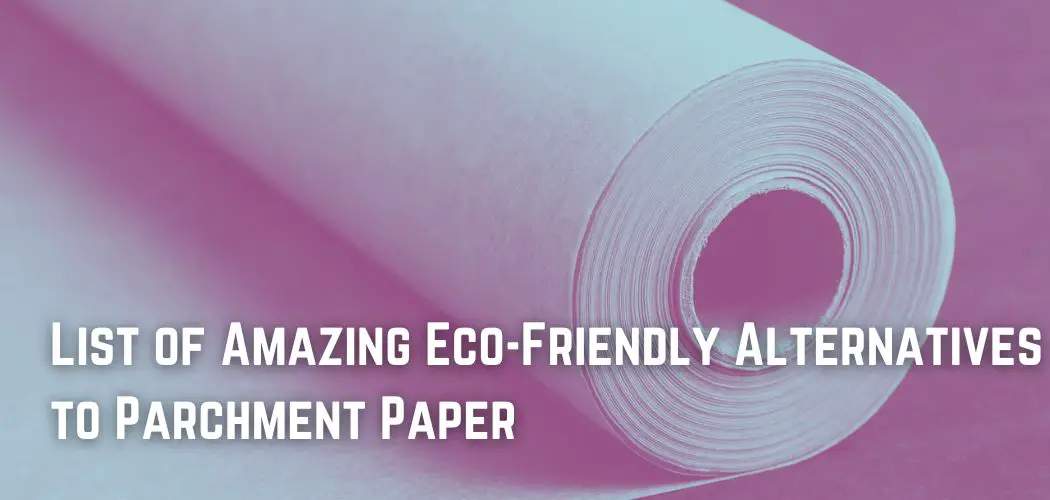Parchment paper is a silicone-coated paper that is available in both bleached and unbleached versions. Water and heat resistant, parchment paper is also non-stick. The same can’t be said for a parchment paper alternative.
It’s manufactured by soaking and compressing paper fibres into thin sheets before dipping them in an acid bath. They have then cleaned again and dried in a series of revolving hot drums. This ensures that all of the fibres in the parchment paper are aligned, giving it a lot of strength.
Cake tins and baking sheets are popular examples. It makes rolling out sticky doughs a breeze, and it may even be used to wrap delicate fish in packages for cooking.
Silpat paper
This is a sort of silicone baking surface that is non-stick. They are reusable, do not require lubrication, and are extremely long-lasting. They’re created from a combination of food-grade silicone and fibreglass mesh. The mats are kosher and comply with FDA rules, as well as being approved by the National Science Foundation.

In 1965, a baker named Monsieur Guy Demarle designed the mat in France. According to the manufacturer, the mat distributes heat evenly to provide a uniform bake. They can withstand temperatures of up to 500 degrees Fahrenheit, which is far more than what most home ovens can handle.
They are carefully folded up and kept. They aren’t the cheapest to buy at first, but the amount of time and money they will save you makes them a fantastic investment. Silpat’s sole drawback is that you can’t cut on the top without damaging the mat. They come in a variety of sizes.
Pyrex baking sheet
Pyrex, a cookware firm, has developed a borosilicate glass baking sheet that does not require a liner. It’s colourless and odourless, so you don’t have to worry about it altering the flavour of your meal.
This baking sheet may be sliced straight on the surface without destroying it, making it ideal for items like pizza. It may also be washed in the dishwasher. This baking sheet can withstand temperatures ranging from -40 to 572 degrees Fahrenheit, making it suitable for various situations.
It’s thermal shock resistant, so you can take it out of the freezer and put it in a hot oven right away without fear of it splitting. Because it cannot be used to line dishes, this is not a great alternative for baking paper. However, it does come in handy for lining flat baking pans!
Wax paper
Waxed paper is another name for this type of paper. It’s wax-coated, as the name implies, and owing to its low melting point, it shouldn’t be baked in the oven.

This can be used to line chilled dishes like refrigerator cakes. It’s also great for putting cookies in a storage container. Although it cannot be reused permanently, it is marginally less expensive than parchment paper. While it is a viable alternative, it is not particularly long-term.
It’s great for wrapping cheese to keep it fresh, and it’s also great for rolling out bread since it eliminates the mess of loose flour.
Reusable baking sheet
This is essentially greaseproof paper that may be reused. It’s available in huge sheets that may be trimmed to fit your needs. These come in a variety of shapes, including rectangles, squares, circles, and strips.
Many companies claim that their products may last up to five years. They can withstand high temperatures and may be used in the oven. For simple cleaning, the majority of them are dishwasher safe. They have a PTFE plastic layer over a cloth core.
Greasing
The most conventional approach for avoiding foods from adhering to your baking sheet is to use parchment paper.
Simply grease the area between the food and the baking dish with a little coating of oil or butter. The cooking spray might also be used.
Some recipes ask for a coating of flour or cocoa powder on the inside walls of cake pans. However, because of the possibility of it burning and leaving a charred crust on the outside of your bake, this is a rare occurrence.
Further Alternatives
Flour may also be used to roll out doughs on the counter. For sweet products like fondant, icing sugar is an excellent choice. These are wonderful (and less wasteful) alternatives to parchment paper for rolling out objects.

Silicone is also applied on aluminium foil, providing it with a non-stick surface. It can resist high temperatures and is ideal for baking.
It is not a more environmentally friendly alternative, but it will do as a substitute for parchment paper if you run out. To guarantee that the aluminium foil does not shred under pressure, it is recommended to use double-strength aluminium foil.
Wrap your protein in a banana leaf for a more natural alternative to making baked packages.
Corn husks and bamboo leaves soaked in water might also work nicely. These are environmentally safe and sustainable alternatives that will likely add a little flavour to your cuisine.





